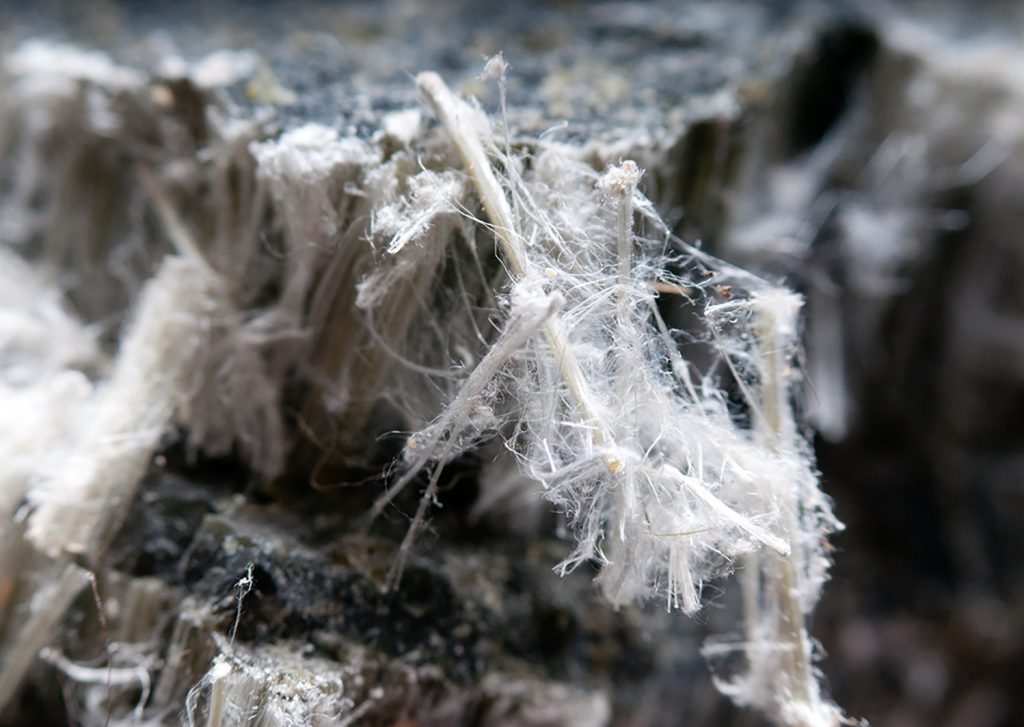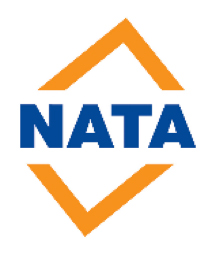Asbestos Risk
Management Services
Licensed Asbestos Assessors – Qualified, experienced and competent occupational hygienists, hygiene technicians and asbestos / hazmat consultants.

Asbestos Risk Management
- Asbestos Air Monitoring during and following asbestos removal works (NATA Accredited for fibre counting)
- Asbestos Background air monitoring
- Asbestos Audits, Re-inspections and Risk Assessments (NATA Accredited for asbestos identification of bulk samples)
- Asbestos Sample Analysis (NATA Accredited)
- Supervision of asbestos removal works
- Asbestos Clearance Inspections and certification following asbestos removal.
- Asbestos Awareness Training
- Class B Asbestos Removalist Refresher Training
Asbestos Testing Laboratories (NATA Accredited)
Hazard Alert laboratories are NATA accredited (Accreditation Number 20602) to perform the tests shown on the Scope of Accreditation issued by NATA which include:
• Asbestos identification in bulk samples, using Polarised Light Microscopy (including Dispersion Staining) in accordance to Hazard Alert Test Method 1 – Qualitative Identification of Asbestos & other Fibres in Bulk Samples, in line with the Australian Standard 4964-2004 ensuring testing is of the highest quality; and
• Airborne fibre (asbestos and SMF) air monitoring and fibre counting, in line with Safe Work Australia’s Guidance Note on the Membrane Filter Method for the Estimation of Airborne Asbestos Fibres, 2nd Edition, 2005 [NOHSC: 3003 (2005)] and Hazard Alert In-house Test Method 2 – Fibre Counting.
Our in-house quality system and technical competence meet the requirements of ISO/IEC17025.


NATA Accredited Laboratory No: 20602
Accredited for compliance with ISO/IEC 17025 – Testing
Lead Risk Management
Hazard Alert can conduct sampling of paint flakes, surface dust and air particulate from a workplace or a home environment to determine the presence of lead. We provide the following lead risk management services:
- Lead air monitoring prior to, during and following lead paint abatement works
- Lead surface swab sampling
- Lead air monitoring during soldering operations
- Hazmat and Lead Assessments
- Supervision of lead removal works
- Lead Clearance Air monitoring and certification following lead abatement works.
- Lead Clearance surface testing
- Lead Awareness Training
For the analysis of the lead paint, dust, flakes and surface wipes we use a laboratory that is fully accredited to NATA standards that provides analysis up to 10 times lower than the current permissible level.
“Lead is a toxic substance that can affect people of any age. It is especially harmful to children, pregnant women and unborn babies. Lead accumulates in your body, so even small amounts can pose a health hazard over time. Before 1970, paints containing high levels of lead were used in many Australian houses. Even small amounts of dust or chips of paint containing lead, generated during minor home repairs, can be a health risk. The recommended amount of lead in domestic paint has declined from 50 per cent before 1965, to 1 per cent in 1965. In 1992, it was reduced to 0.25 per cent, and in 1997 it was further reduced to 0.1 per cent.”
– Australian Government, Department of Environment and Energy
